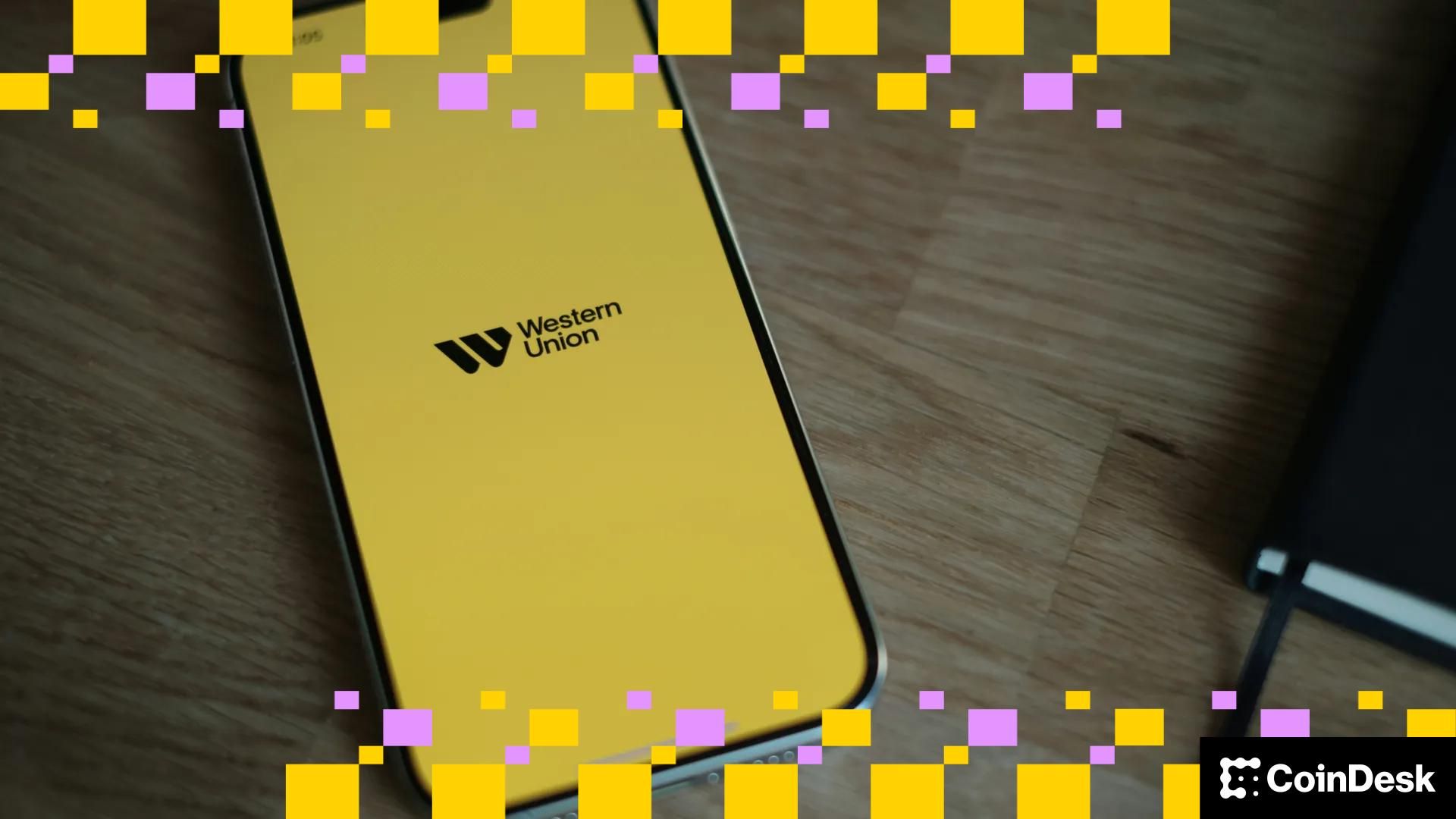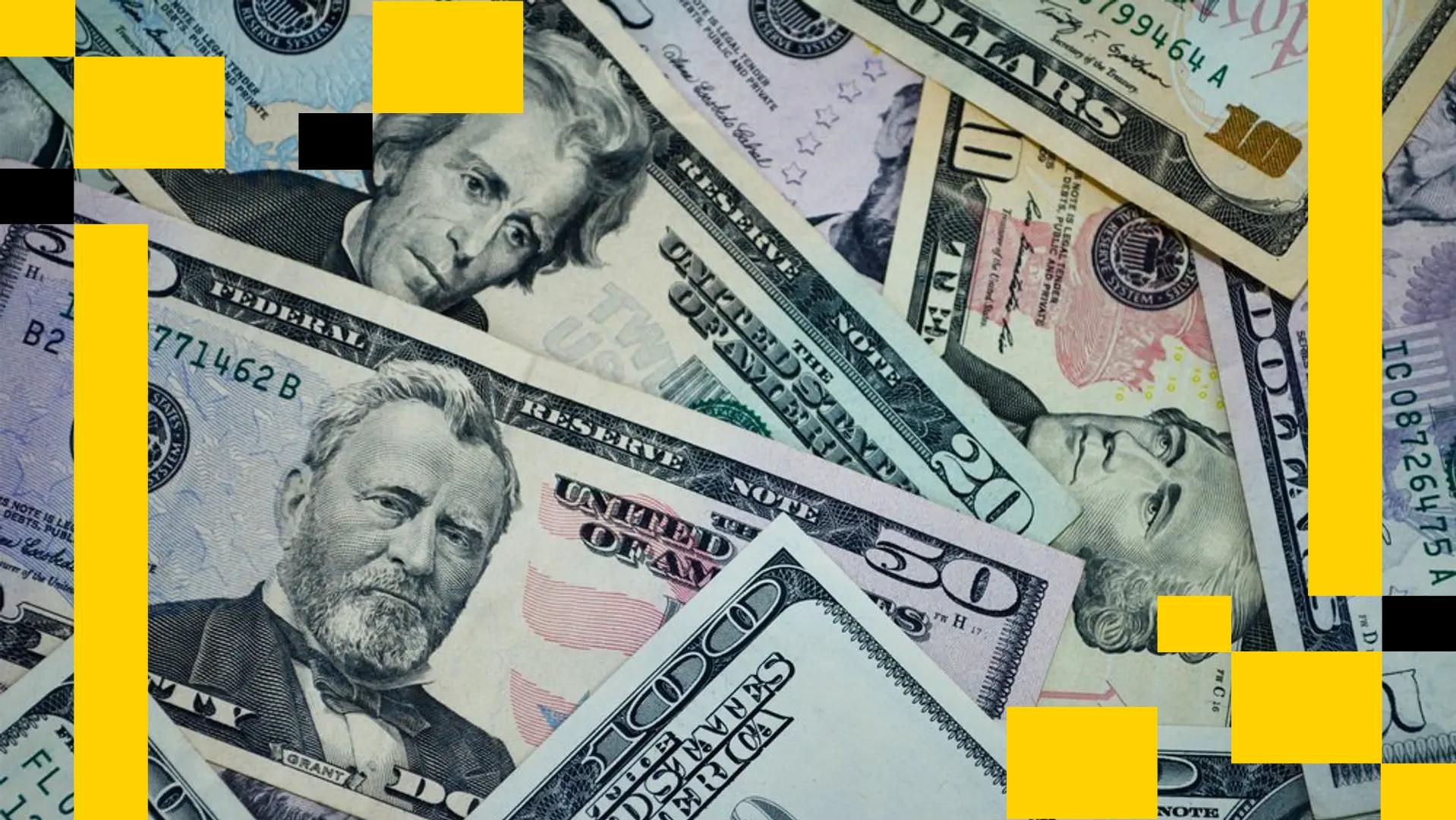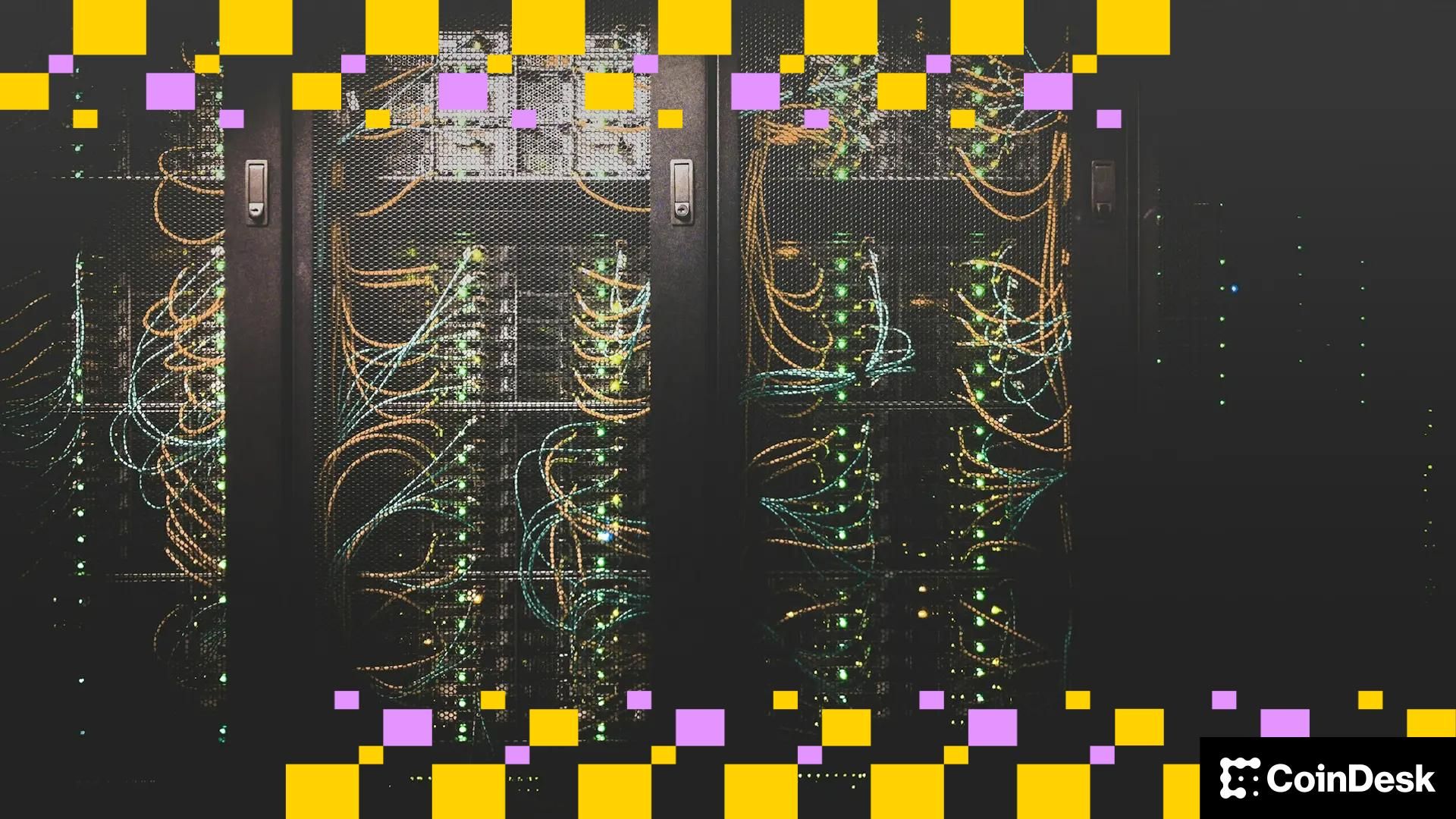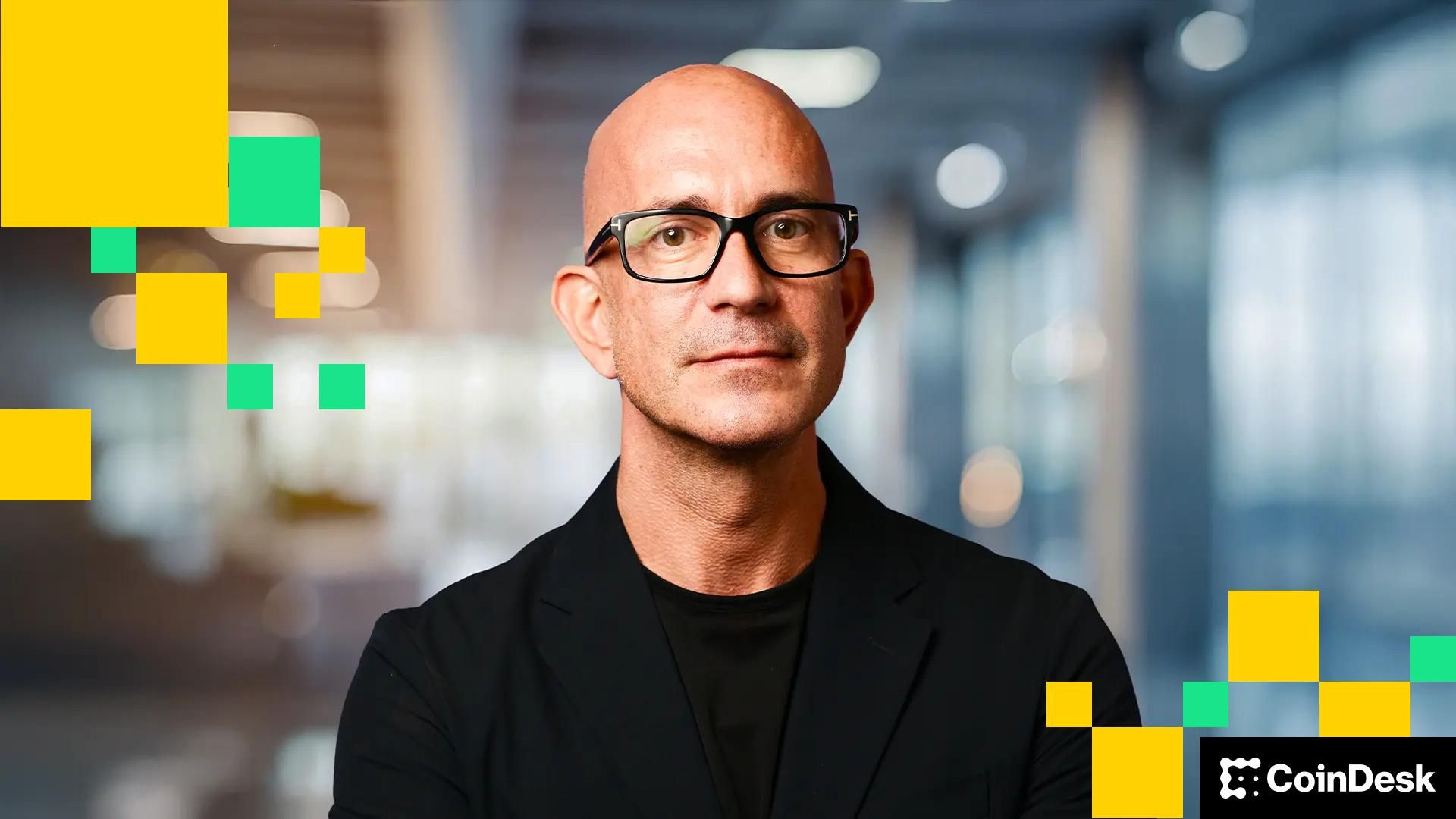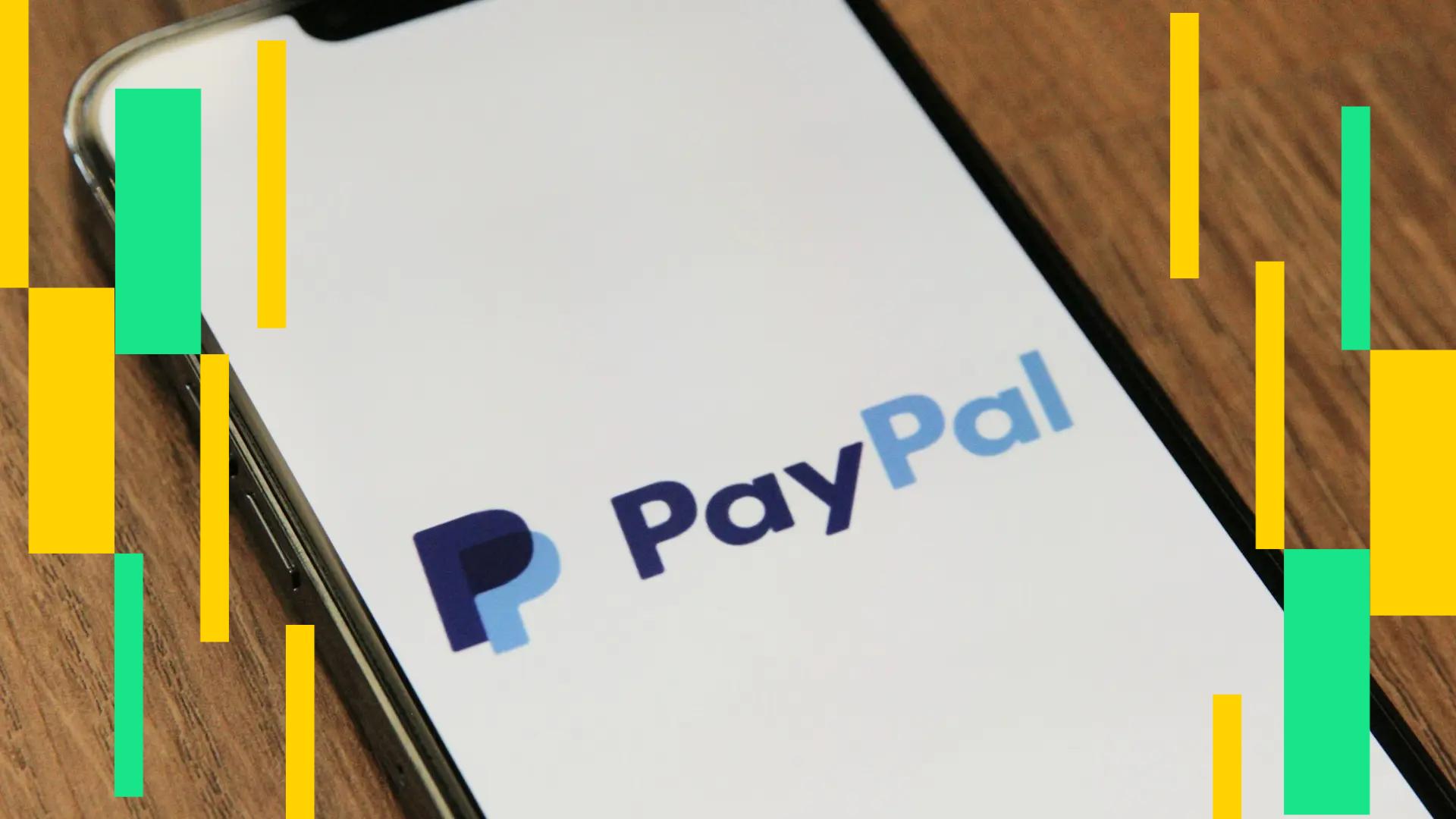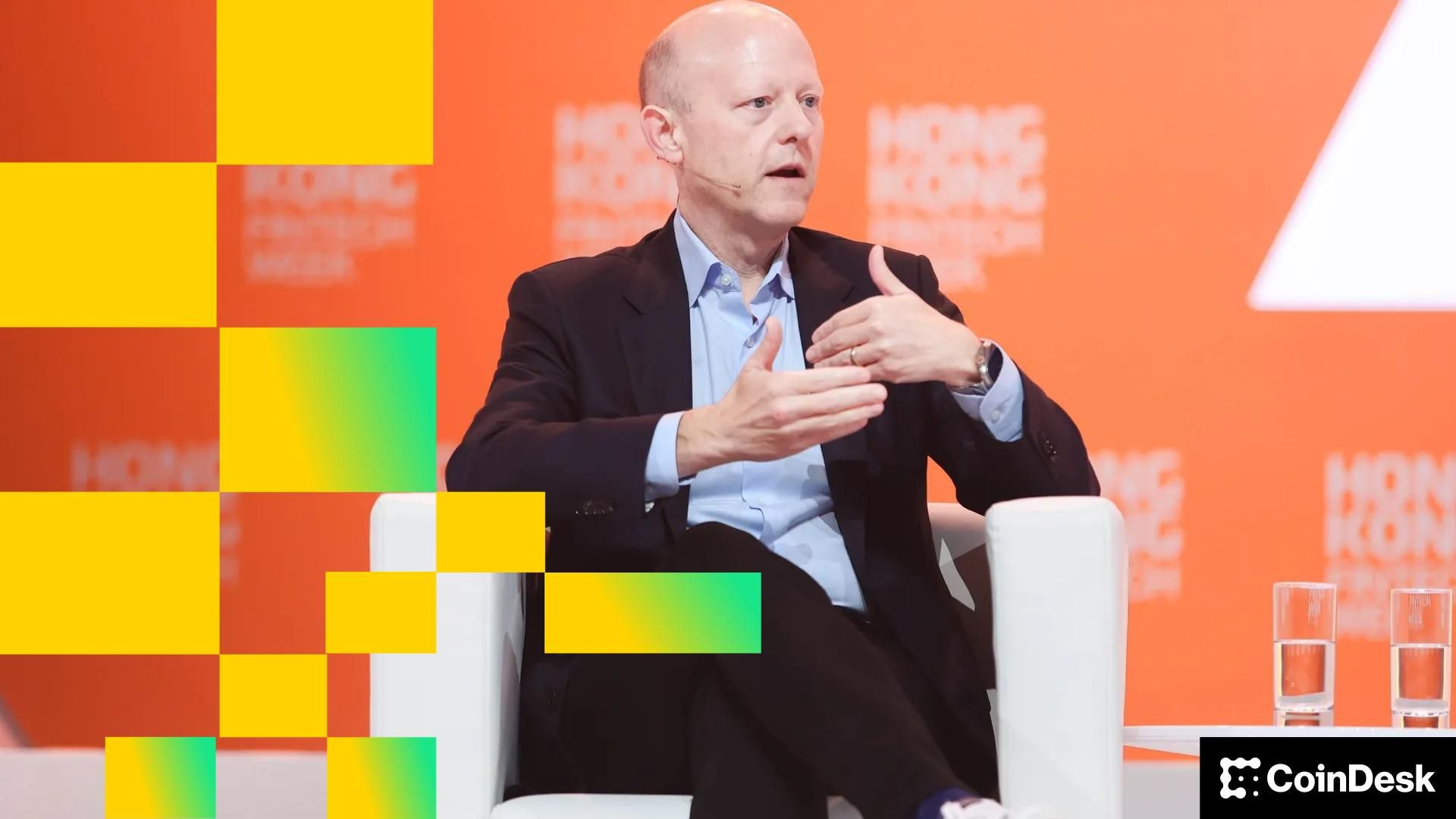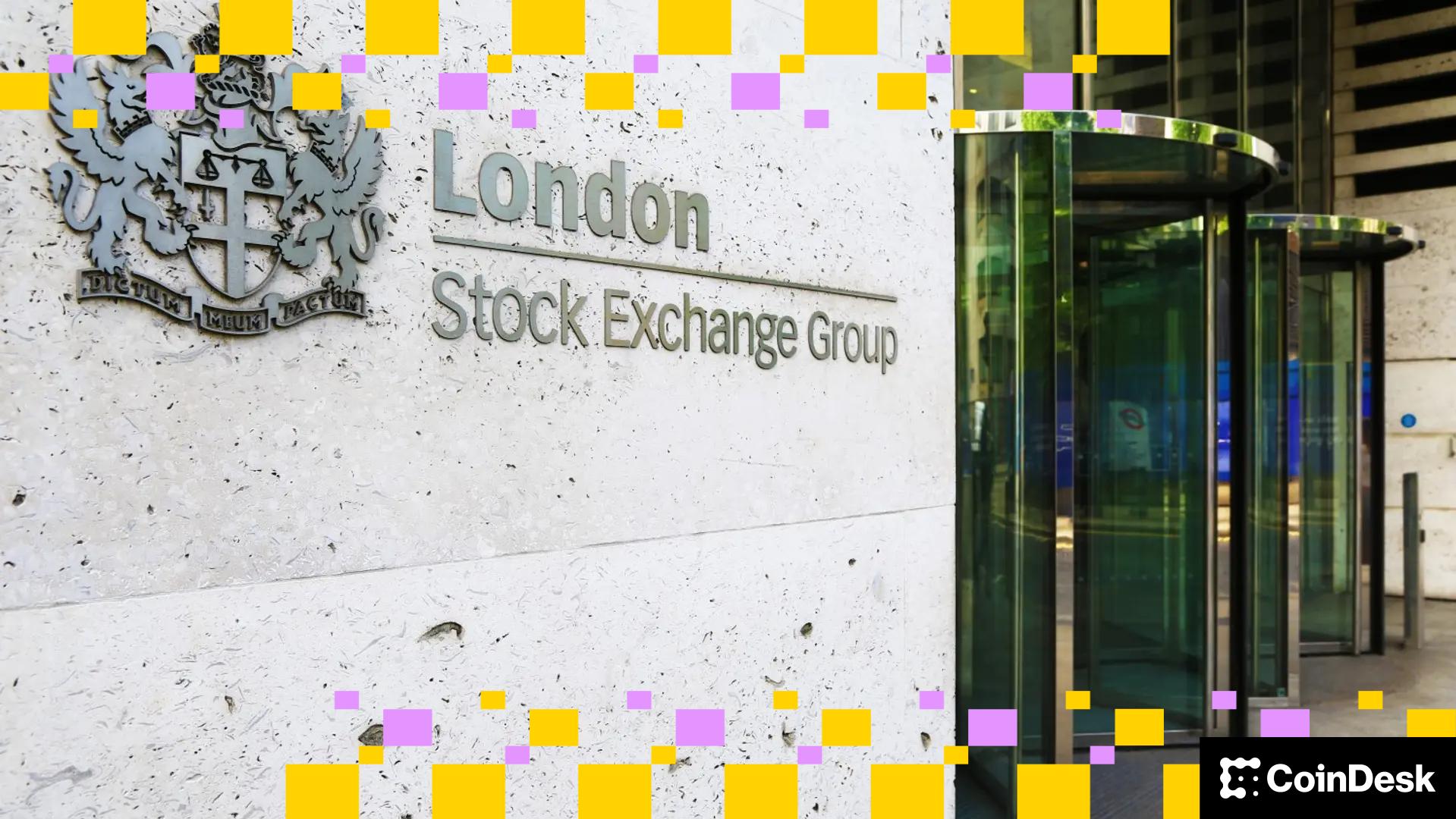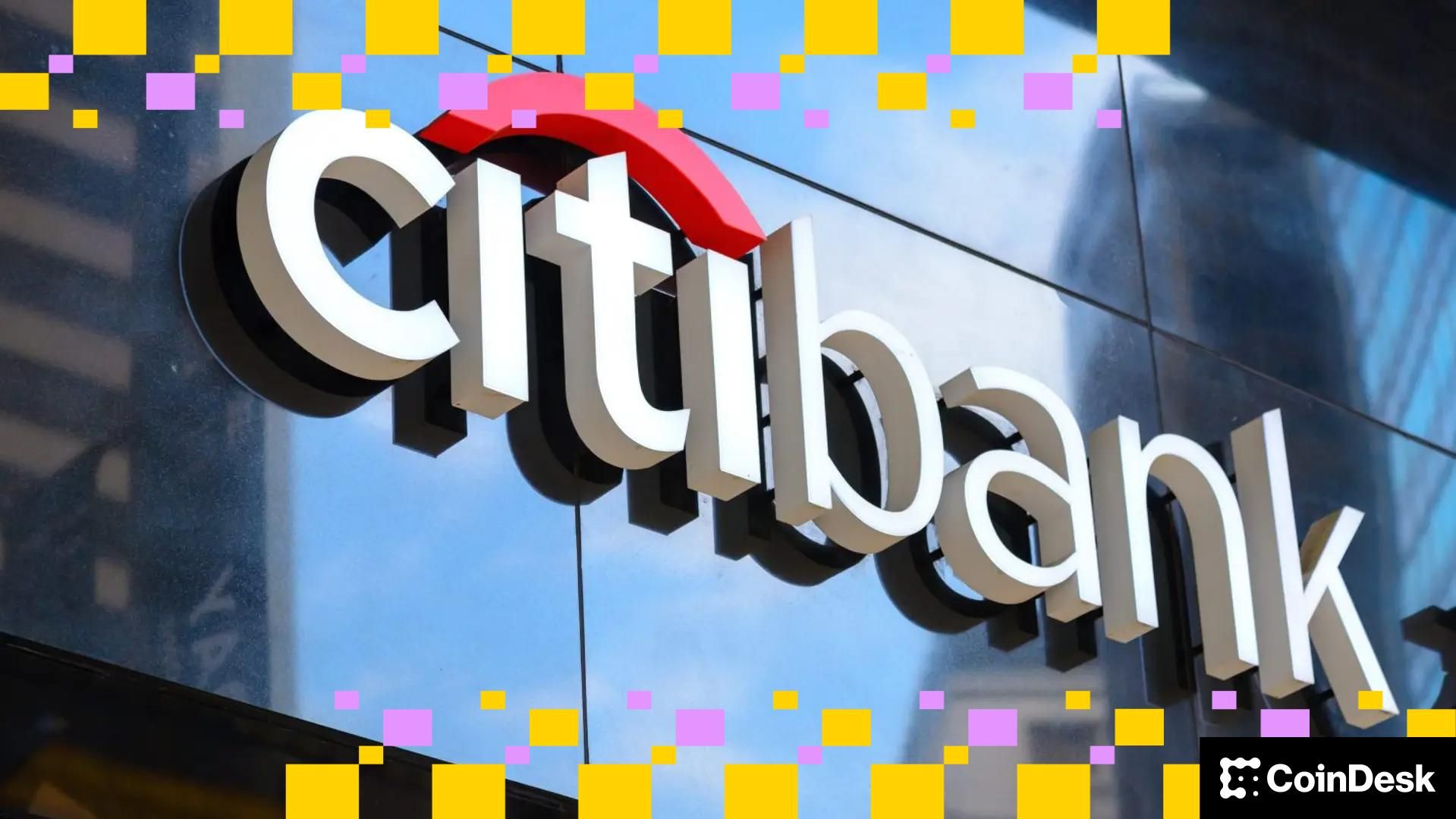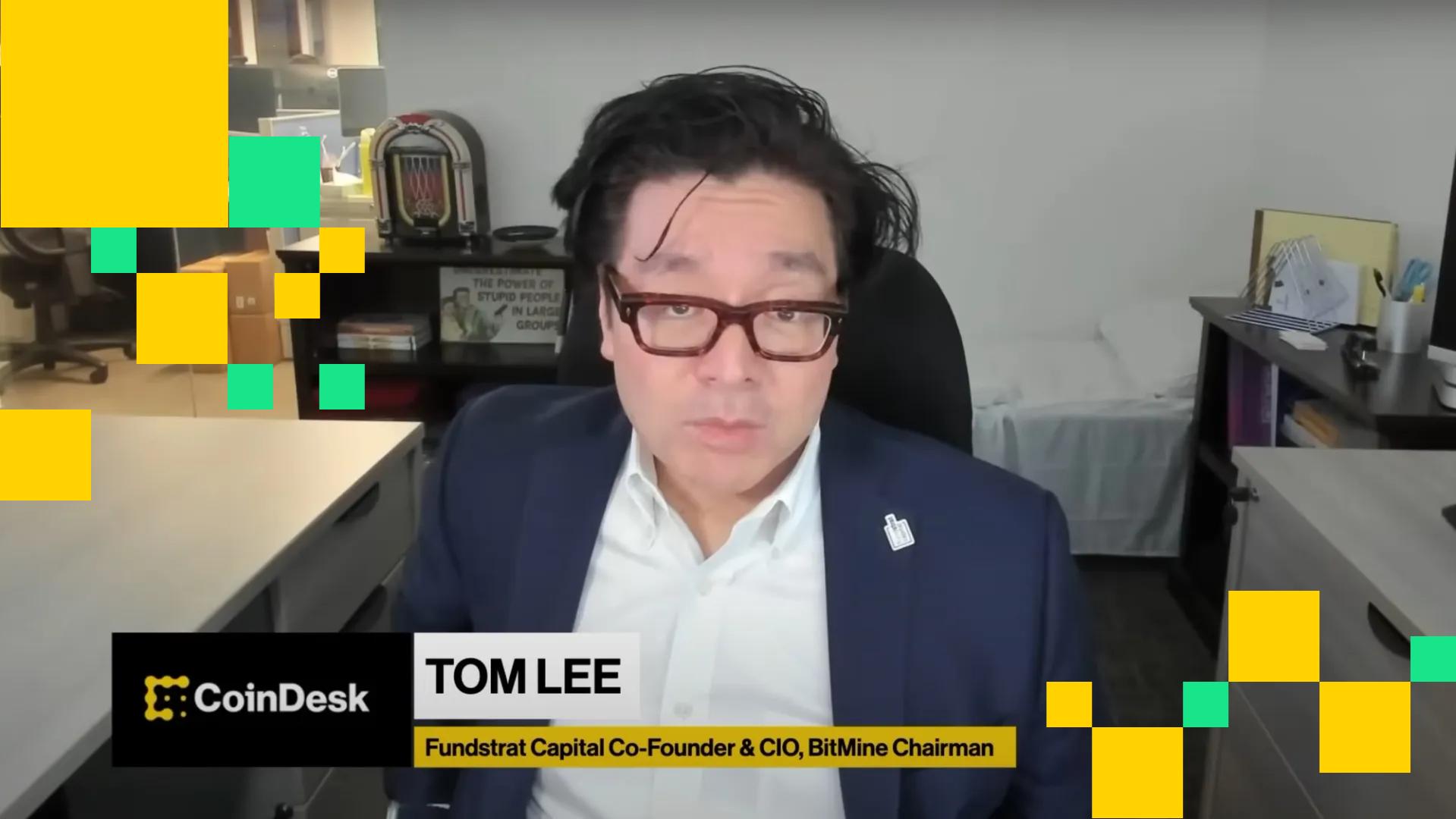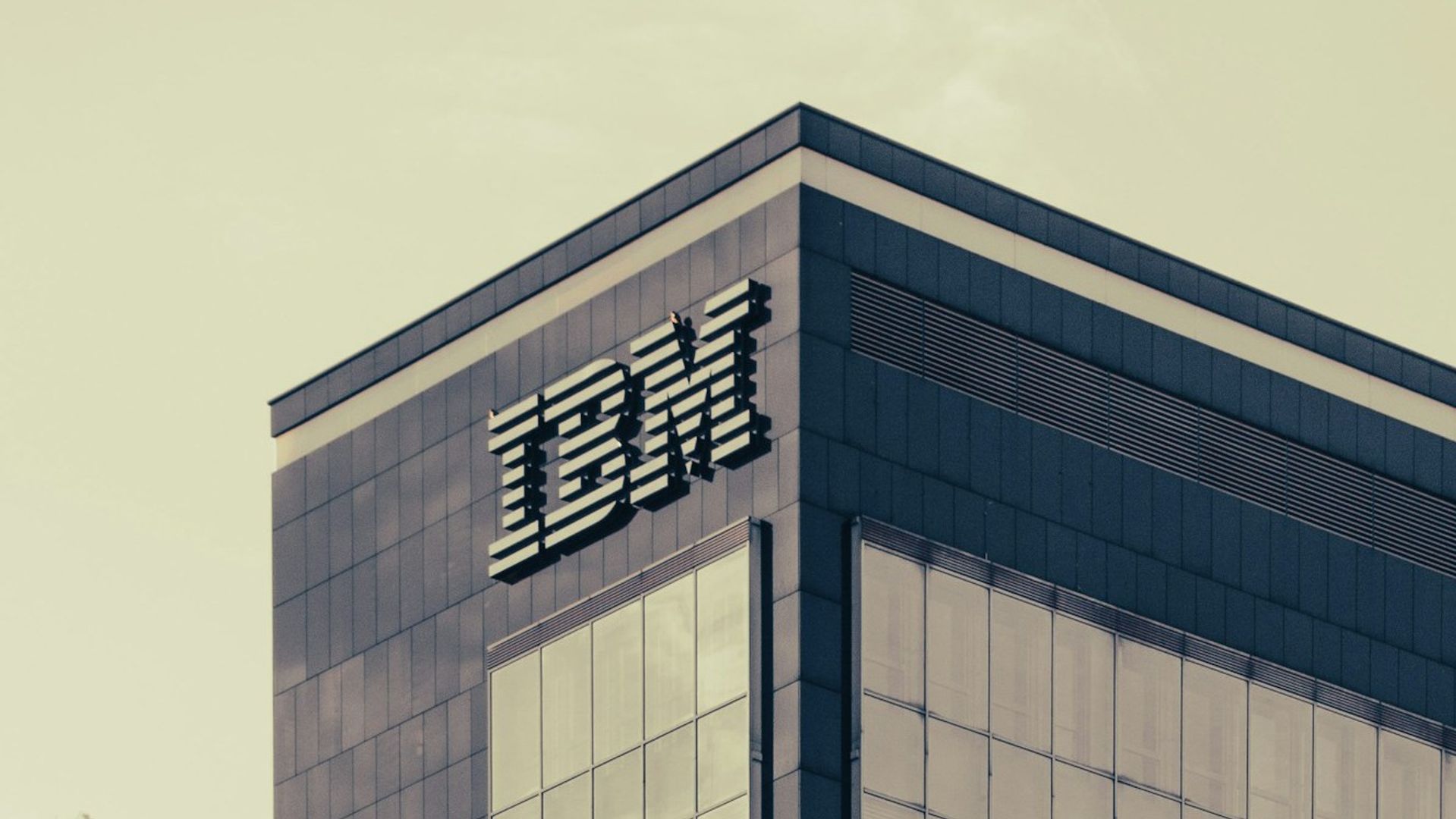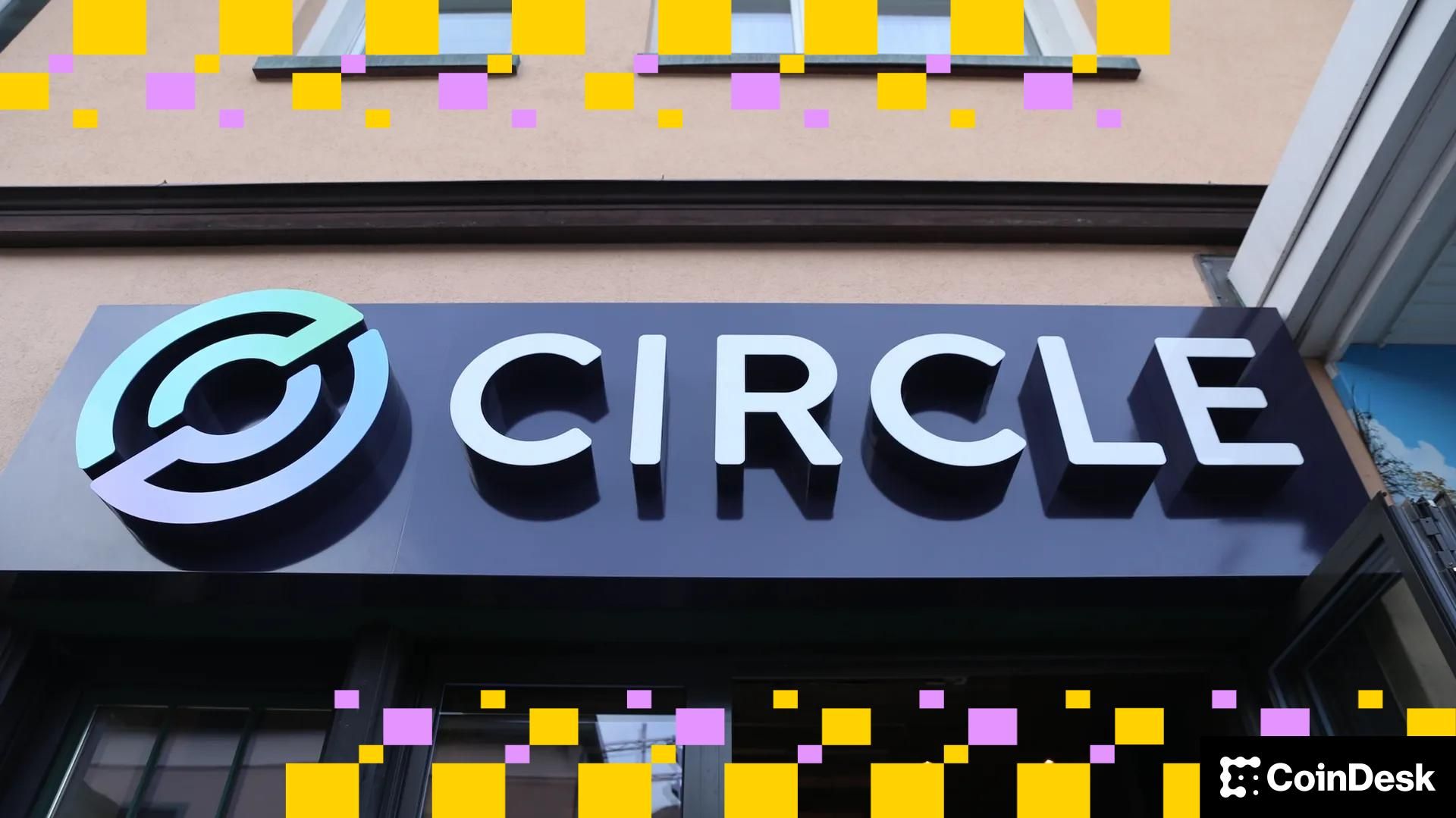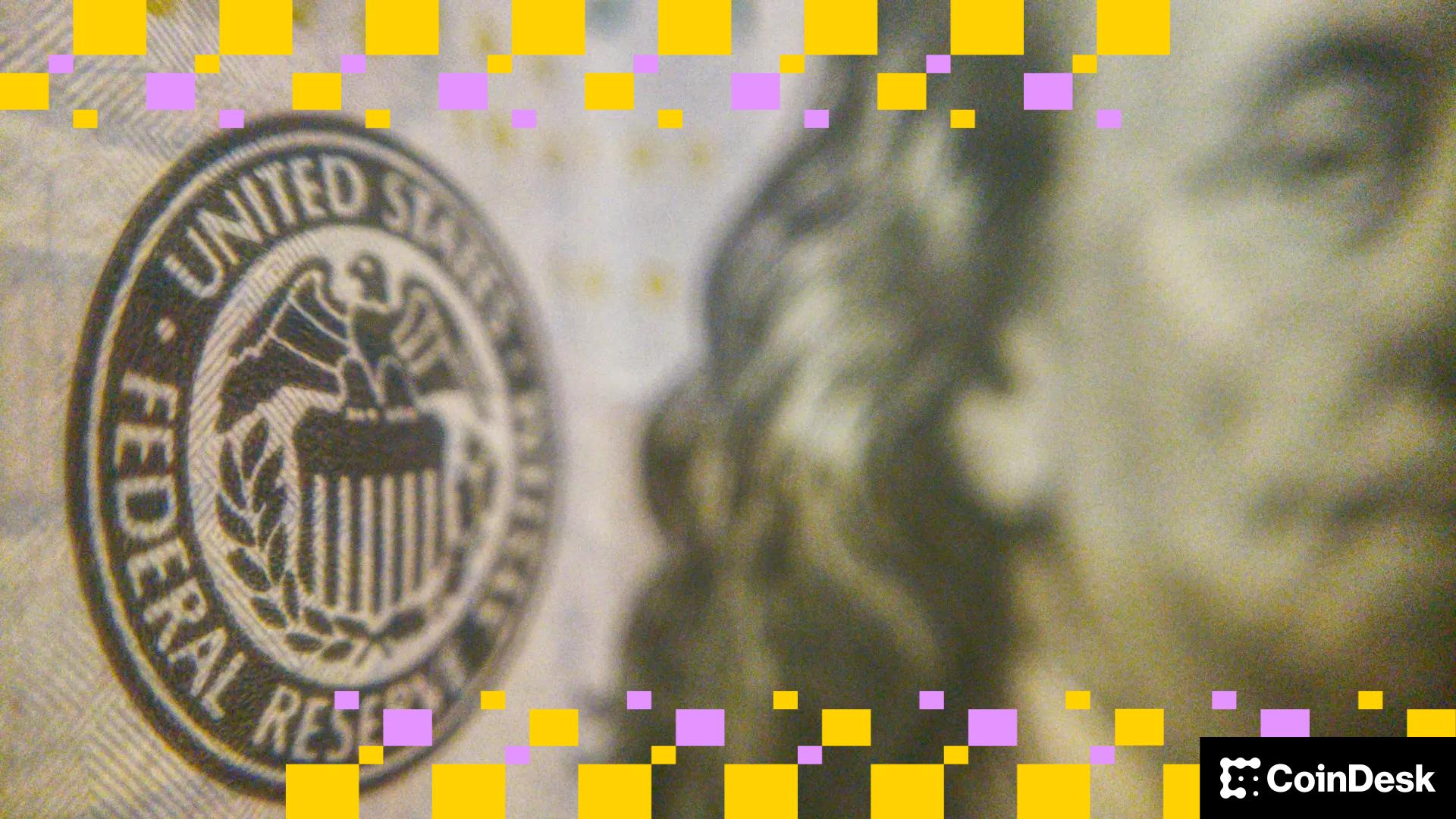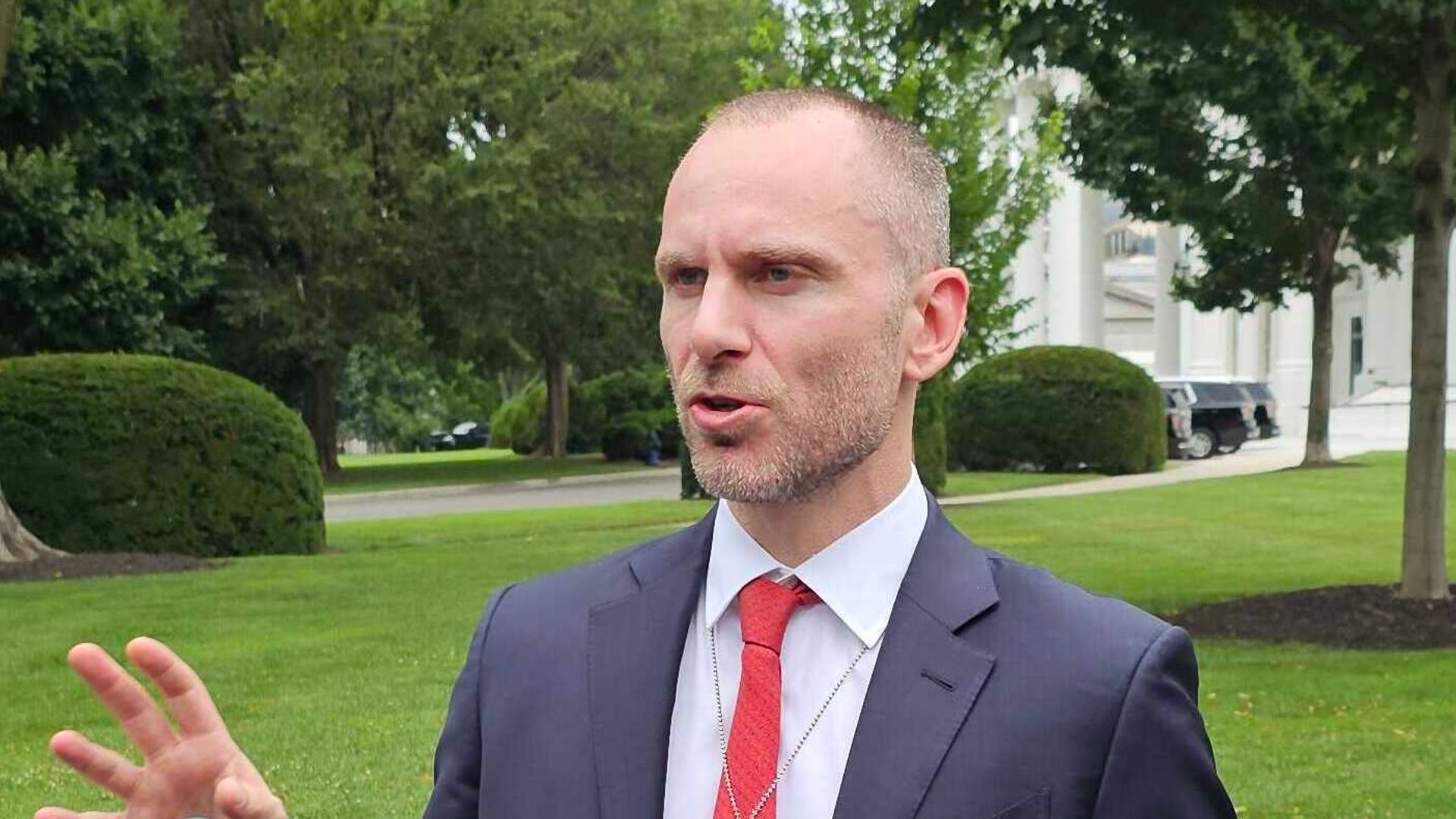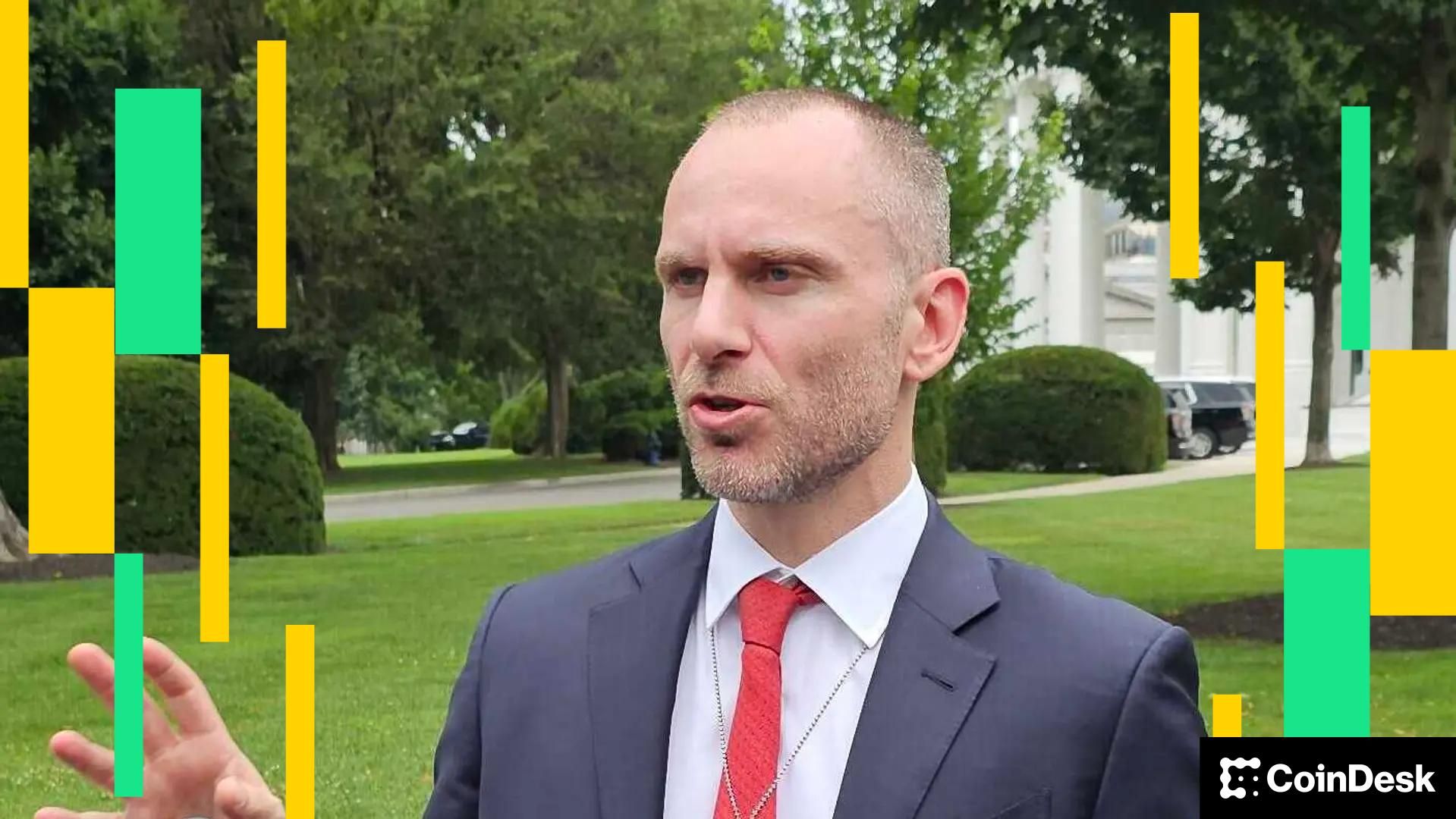Solana’s DeFi Stack Expands With SolsticeFi’s Risk-Controlled Yield Platform — Here’s How
The Solana decentralized finance (DeFi) ecosystem just gained another powerful addition with the launch of SolsticeFi. This innovative new platform is poised to introduce a much-needed layer of risk-controlled yield generation, directly addressing one of the primary concerns for users venturing into the safety of their deposited capital.
SolsticeFi is reimagining how investors earn on Solana by introducing a defensively engineered approach to yield, one that directly protects the value of user deposits. According to crypto commentator Madissa’s post on X, one of SolsticeFi’s most compelling features is its ability to allow users to continue earning staking rewards while keeping their assets liquid and usable across the broader DeFi ecosystem.
How SolsticeFi Balances Risk While Generating Yield
This innovation created continuous opportunities for user to deploy their capital in other protocols without interrupting their base yield, instead of locking up funds. SolsticeFi platform is designed to prioritize full transparency and validator diversification, minimizing exposure to single-validator risks and opaque yield platforms. Furthermore, depositing capital into SolsticeFi provides support for SOL’s network security while generating sustainable returns for users.
Related Reading: Solana Stays Strong: Network Outperforms Rivals Amid AWS Outage Turmoil
Crypto analyst Hokage has also mentioned how Solana is improving and completely revolutionizing financial transaction speeds in traditional finance (TraFi), where transfers take days, settlements drag, and middlemen slow everything down.
SOL has changed the game by creating a new block every 400 milliseconds, and currently, the central to this acceleration is Bam, the new block assembly marketplace. This Bam will speed up how quickly user transaction gets picked up and integrated into a block, and slash inclusion times to an astonishing 50-100 milliseconds. Building on this is Alpenglow, which takes finality down to an incredible 100-150 milliseconds faster than a blink, and the point where the network confirms the user transaction is 100% done and irreversible.
One project that stands out in these ultra-fast ecosystem steps is SolsticeFi’s USX, a stablecoin specifically built to move at that speed, which enables users to send dollars, deploy capital, and settle instantly. Hokage concluded that “while these advancements might sound like pure sci-fi, if you’ve been around the SOL ecosystem, you would know it’s not.”
Market Confidence Returns To Solana
While SolsticeFi provides speed and reduces risk to Solana yield platforms, KOLS Manager at Binance, investor, and trader BitGuru, has noted that SOL’s price is currently showing a strong bullish setup, after following a steady downtrend and now stabilizing near key support.
As a result of that action, the SOL market is now pulling back with considerable strength, aiming to break above the critical $210 resistance level, a zone that has capped multiple attempts at recovery. A decisive breakout above $210 would likely trigger SOL’s next leg higher toward $230 and beyond.

